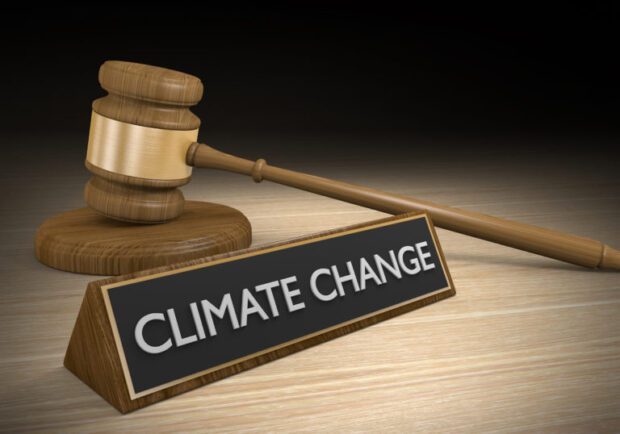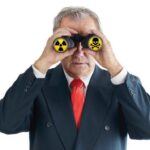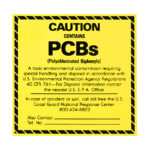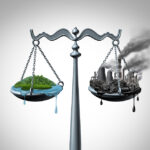Although a U.S. Supreme Court decision put an end to climate lawsuits alleging violations of the federal common law of public nuisance, a second round of state actions may get further, researchers said recently.
There are two major categories of new evidence that are now available for pleadings, said Stephen Jones, general counsel of Praedicat, a liability risk analytics firm, during a virtual Reinsurance Rendez-Vous de Septembre presentation in mid-September. After explaining that a 2011 U.S. Supreme Court ruling found that the Clean Air Act displaced federal tort actions, he said that a second wave of roughly 18 cases started hitting the state courts around 2017. (See related article, “Social Inflation or Science: What Is Fueling Climate Litigation?“)
“One new category of evidence that can bolster these cases is evidence that specific defendant oil and gas companies knew about the potential effects of greenhouse gas emissions on the climate much earlier than the rest of us did—in some cases, as early as the 1960s. “This evidence can show that not only did these companies know that there was the possibility that their actions would cause harm to potential plaintiffs, but we actually know the date they knew. We know when the duty of care attached,” he said
“The body of that evidence is very strong and implicates at least one defendant in each of the 18 cases,” he said.
In addition, the science has changed a lot since the earliest federal cases filed from 2004-2012, and quashed by the Supreme Court decision. “Climate science is one of the most studied fields,” he said.
What’s making the job of plaintiffs easier is the acceptance of attribution science, explained Adam Grossman, co-founder of Praedicat. “Attribution science really is this idea that you can go in and examine the climate models and you can run different essentially alternate universes that ask, “What would have happened in our normal climate before global warming? How often would you see a Category 5 storm hit the Gulf Coast? Or how often would you get a million-acre wildfire in California?”
Grossman, who is Praedicat’s senior scientist and vice president of modeling, said climate models allow for assumptions of no change or different levels of global warming overall to assess how much of a current risk is due to climate change. “When the Pacific Northwest heatwave hit earlier this year, there were studies that came up almost immediately telling us that it was 150-times more likely than before anthropogenic climate change.”
“This body of science is now really telling us how likely these things would have been to happen [before] and how likely they are now. The difference between those provides a pretty significant opening for the plaintiffs to argue that this would not have happened but for climate change, or that climate change is a substantial contributor depending on the various legal standards that they have to show.”
There’s also an ability to go back and assess which companies have contributed what percentage of greenhouse gas, he said, referring to carbon dioxide equivalents (measures used to compare the emissions from various greenhouse gases on the basis of their global-warming potential).
Praedicat Chief Executive Officer Robert Reville asked Grossman directly whether the attribution science piece of the evidence would be much more likely to get through evidentiary hearings—and be able to be brought to a jury. “Absolutely,” Grossman said. “Probably the best proof of that is the fact that the recent report from the Intergovernmental Panel on Climate Change used attribution science throughout. So, for a defendant to argue that attribution science is theoretical and not accepted just doesn’t really hold water anymore. At least it would be a very difficult argument to make.”



















 Rebuilding Negotiation Talent: Why This Skill Is Missing and How to Fix It
Rebuilding Negotiation Talent: Why This Skill Is Missing and How to Fix It  Nearly Half of 100 Largest P/C Insurers Destroy Value: ACORD
Nearly Half of 100 Largest P/C Insurers Destroy Value: ACORD  How Insurers Can Avoid Post-Merger Technology Failure
How Insurers Can Avoid Post-Merger Technology Failure  Why the Middle Market Matters and How Insurers Can Capture It
Why the Middle Market Matters and How Insurers Can Capture It 








